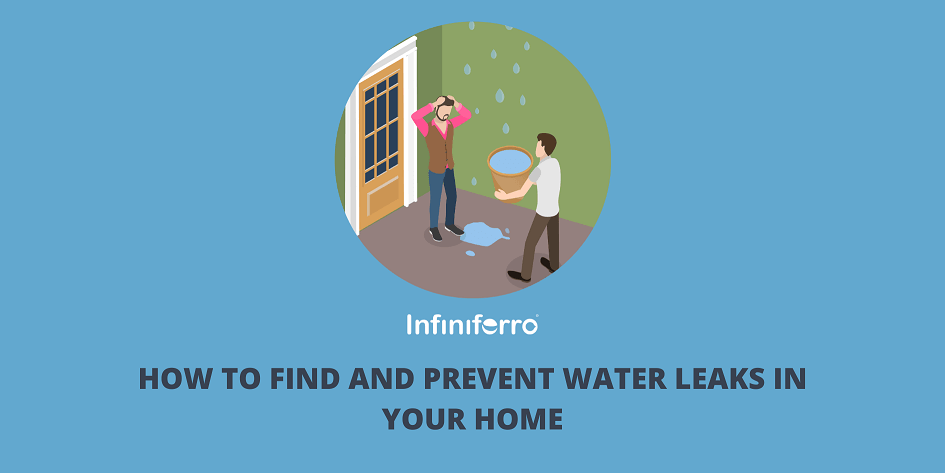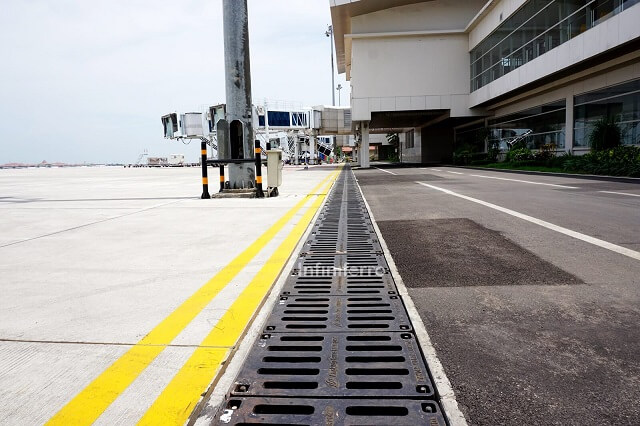
Hey, construction buddies! Today, we will talk about “How to Find and Stop Water Leaks in Your Home,” something every builder and construction fan should know about. This guide is for you if you work in construction, do DIY projects with tools, or have experience in contracting.
Finding the Hidden Clues: How to Know if There’s a Leak
Just like ninjas, water leaks can be sneaky and quiet. We will support you. If you work in construction, you need to know these signs that something might be wrong.
- Are your water bills higher than usual? This might mean there’s a leak. Watch out for quick increases in water use.
- Mold grows when it’s wet. If you notice mold and mildew in an unusual place, it could mean a water leak. Look for these bugs on walls, ceilings, and in hidden places.
- If you see water marks on walls or ceilings, it might mean a leak. Search for odd changes in color or patterns that may indicate a leak.
- The foul smell means there could be a problem. It could mean that there is water where it shouldn’t be. So paying attention to this smell and investigating it further is essential.
- Watch out for strange pools of water close to where you are building. It shows that the water is moving in its own way and not following a plan.
Prevent Water Leaks: Tips to Stop Dripping Water
Now, we will discuss how to stop water leaks from spoiling your construction party. The tips below will help you prevent your projects from getting wet.
- Check things often, like Sherlock Holmes. Make it a habit to look at things regularly. The pipes, roof, and base of the building need your help. It’s easier to fix a minor problem now than to deal with a big problem later.
- Use excellent materials to achieve the best results: When you build something, it’s vital to use high-quality materials. Buy high-quality plumbing and roofing materials. It works just like a trustworthy insurance plan for a project.
- Drainage Drama: Good drainage is like having a superhero by your side. Ensure that water can flow away quickly from your projects by creating sloping landscapes, putting in working gutters, and ensuring there are clear paths for the water to exit.
- It is essential to cover the drainage holes before moving on. They are unsung heroes of the drainage system. They prevent leaks by stopping debris from getting into the drains. Watch them closely and treat them nicely.
Drain cleaning & clearing.
It’s time to discuss drain cleaning & clearing, something everyone loves to discuss. It may not be fancy, but it’s necessary. Here’s the important information:
- Regular upkeep is important: Like your favorite tool, drains must be maintained regularly. Remember to periodically check the drains to ensure they are not blocked with leaves and other debris.
- Invest in high-quality drain covers: Drain covers protect your drains like bodyguards. Buy the good ones because they are strong and designed to stop things like leaves from getting in.
- In construction, time equals money: As soon as you see garbage near drain covers, pick it up. If we don’t keep cleaning up the debris, water will not be able to collect in the wrong places.
- Look at the strong drainage grate: Drainage grates are not only for superheroes. They help protect drains by keeping big stuff out. Choose the best ones for the job.
Simple technology solutions to find water leaks
In modern times, technology helps us find and stop water leaks. If you like technology and building things, use these easy-to-use tech solutions.
- Leak detectors can quickly tell you if there’s a problem with a leak. This helps you use innovative technology better. By putting these devices in places like utility rooms or basements, you can easily find water leaks and have a system to warn you early.
- Apps that can tell how wet something is can now be used. These apps use unique technology to notice when the air gets more or less damp. You can find moist areas quickly using your smartphone’s features. This will help you find where leaks might happen before they become significant issues.
- Large structures or properties are better suited for remote monitoring systems. You should consider purchasing one. These devices enable remote control of water flow, leak detection, and water consumption monitoring. No matter where you are, maintain control over the water safety of your project.
Drainage covers

During building, we need to use drain covers. Although they are essential for stopping spills, most people ignore them. As someone who has worked for a long time, you understand how important it is to keep the drain covers clean and working well. Drainage covers help to keep dirt away from pipes and keep them clean. Drain covers stop leaves and other stuff from blocking pipes. These covers help water flow through the drains and prevent it from collecting and spilling. When picking covers for your construction work, be sure they are strong and will last a long time.
The drainage covers need to be checked and fixed regularly. Drainage covers must be taken care of regularly, like the rest of the building. Check the covers to ensure they are clear and in good shape. cleaning staff must take the rubble away quickly to ensure water can flow properly and reduce the chance of leaks.
Take a look at the various drain covers you can buy in stores. Pick from various of drainage covers to match the requirements of your building project. Picking the right shell helps stop water issues.
Environmental Factors: Eco-friendly Water Drainage Solutions
Contractors must act responsibly and consider how their construction work will impact the environment. Sustainable drainage solutions help the environment and stop water leaks.
Use the environment in your building projects by adding green roofs and rain gardens. These earth-friendly features help lessen the strain on drainage systems by soaking up and controlling rainwater. Water that seeps in on its own is less likely to cause leaks.
Use permeable pavements if you are worried about water running off. These sidewalks stop big puddles from forming and make it easier for water to go into the ground instead of causing problems for the drainage system. This technique helps to use water in a way that lasts a long time and reduces the chance of leaks.
Consider adding systems to collect rainwater in any building projects you are working on. These systems can save water by collecting rain for later use instead of using city water. Taking care of water resources early helps us to use them better and reduces the chance of leaks.
Summary: Building projects that are dry and can last a long time
A water leak is like an uninvited guest for construction workers. To stop leaks from happening, be careful, check things regularly, and make sure to have good drainage and drain covers.
It’s important to stop leaks from happening and to repair them if they do. “Building something firm and dry shows how skilled you are at construction and helps prevent water damage in the future. “
Let’s ensure things stay dry, look out for any changes, and ensure your building projects are great. Enjoy yourself while creating something.
ALSO READ:

Leave a Reply